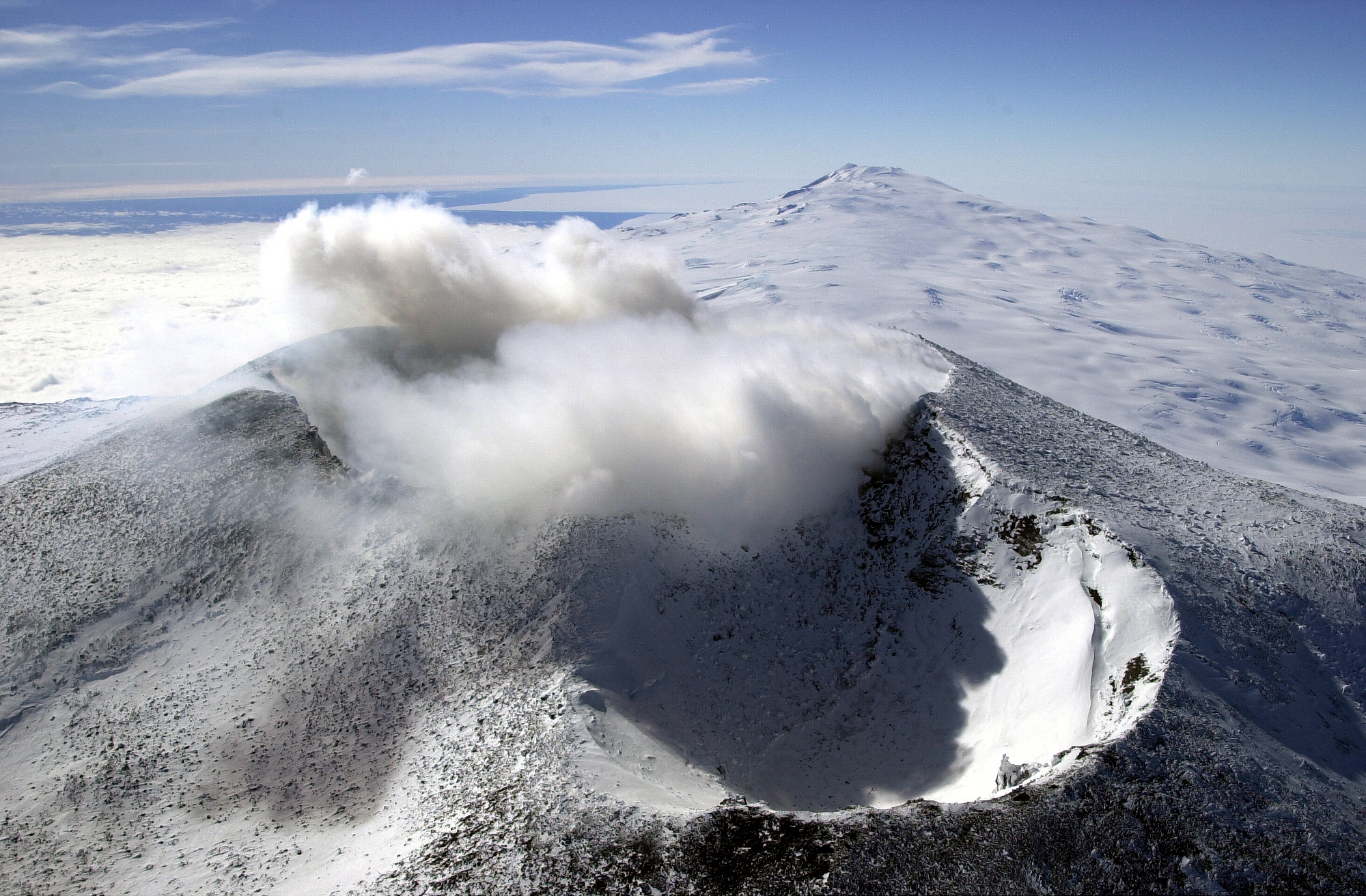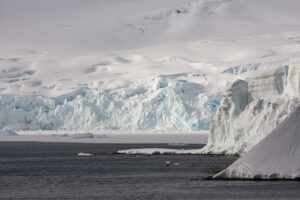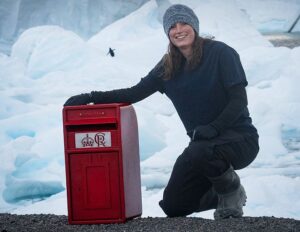It turns out that Mount Erebus spews a fortune in gold across Antarctica — $2.1 million worth of it per year, according to reports.
You’d struggle to pan it out of the Antarctic snow, though. Tiny particles of the volcanized gold disperse from Erebus up to 1,000 kilometers across Ross Island. And tiny means tiny: at around 60 microns, the gold flecks are much smaller than the thickness of a human hair.
Still, Erebus disgorges 80 grams of the precious metal every day — scattering $6,000 into the frozen landscape.
It’s one oddity that helps place Erebus among the planet’s most distinct volcanoes. The formation, sharing the name with the Greek god of darkness, bursts from the Ross Sea to a smoldering 3,794m peak. Its active caldera features a bubbling, fluctuating lava lake that has erupted constantly since 1972.
Its riches are likely unextractable. And its labyrinthine gas vents may help researchers understand life on other planets.
View this post on Instagram
Fountain of gold — and ‘lava bombs’
Philip Kyle, Professor Emeritus at the New Mexico Institute of Mining and Technology, has logged more time on Mount Erebus than anyone on Earth. Kyle’s 50+ expeditions to the world’s southernmost volcano have helped produce totemic research. On one effort to access the inner crater for sampling, an explosive eruption launched lava bombs several hundred meters skyward and likely cost him a “walnut-sized” piece of his brain.
But Kyle persisted to become a de facto Erebus ambassador. He explained to BBC Earth Science how the lake exists as a conduit to the volcano’s sub-tectonic guts.
“Erebus is a living volcano because it breathes. By looking at the lava lake, we’re actually looking inside the volcano. It’s like having a window in your chest so you could see your heart,” Kyle described.
Veins of exposed magma on the surface can reach 1,000˚C. But cooler areas can harbor gold particles, which travel upward from deep subterranean deposits in many volcanic events. Most other volcanoes melt these particles during eruptions — but Erebus is different.
Frigid air could explain why. Only seven other volcanoes on Earth support lava lakes. The coldest one is Mount Michael, an 843m outcrop in the South Sandwich Islands. The South Sandwiches can be cold, but not like Erebus. Nearby McMurdo station — only a few meters above sea level — can reach -50˚C.
It’s thought that when the bracing Antarctic air skims the scorching surface of Erebus’ lava lake, the conditions for solid gold materialize.
View this post on Instagram
Keys to the cosmos
Erebus’ perpetual off-gassing doesn’t just disperse precious metals. It also creates networks of ice caves, which provide access into its catacomb-like vents.
Fumarolic ice towers, which form when volcanic gases freeze solid at the surface, indicate entry points.
“When you just go there for the first time, you don’t realize that virtually under every ice tower is a big ice cave system,” Kyle said in the BBC video, adding that “literally hundreds” of the structures exist on Erebus.
Far-fetched enterprises to mine gold from lava lakes date to early colonial efforts. Friar Blas del Castillo earned mixed credit as an early volcanologist for his attempt to extract silver and gold from Nicaragua’s Masaya Volcano in the 16th century. Castillo famously descended into the caldera inside a basket with dubious prospecting tools: a hammer, a flask of wine, and a wooden cross. (The work was misguided — the caldera yielded no trace of precious metals.)
Even if it were feasible to collect the gold microparticles from the expansive Mount Erebus plain, the haul would be contraband in about two-thirds of the world. The Antarctic Treaty prohibits “any activity relating to mineral resources other than scientific research.”
But Erebus’ value could still be astronomical — literally. Its gas vents harbor microbial communities unknown anywhere else on Earth. Temperatures can vary up to 60˚C just 10 cm away from the vent surfaces. The life forms that flourish in this outlandish ecosystem could teach us what thrives in the final frontier.
View this post on Instagram
“Erebus is such an extreme environment — this could provide insight into the possibility of life on a place like Mars,” Kyle said. “There’s lots of new technology, so it’s time for the young studs to come along and do something new and interesting.”






